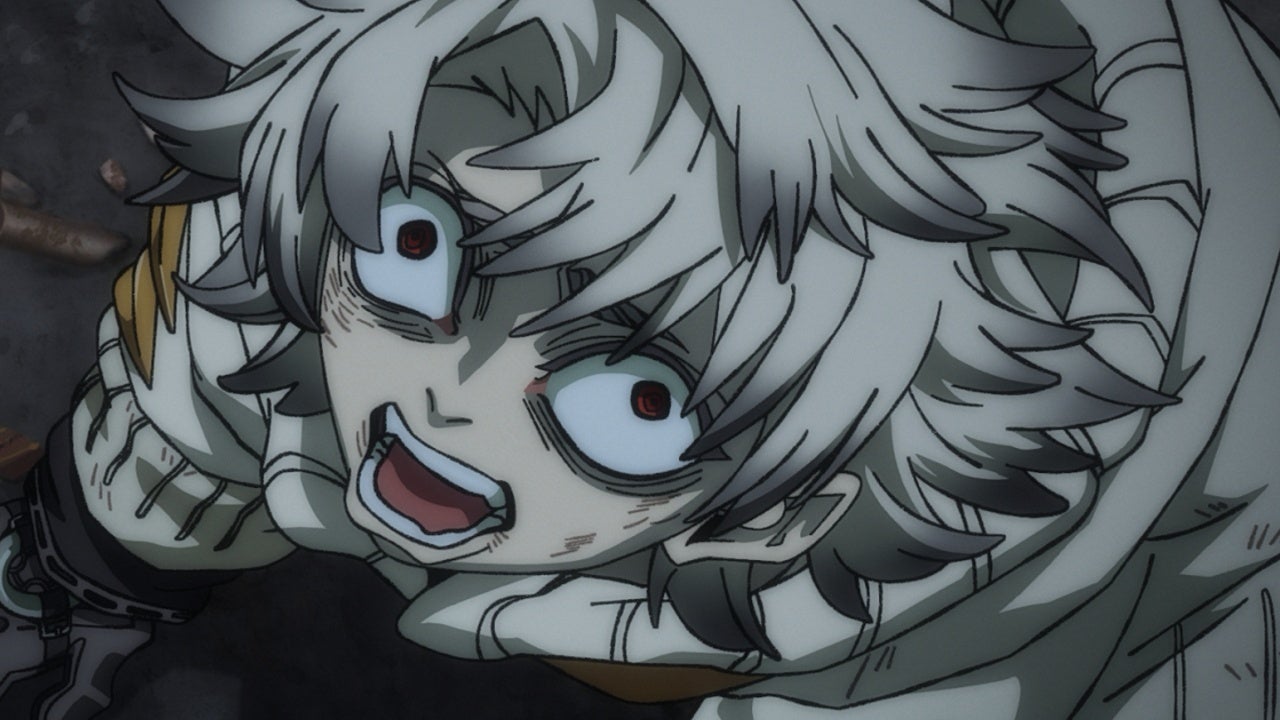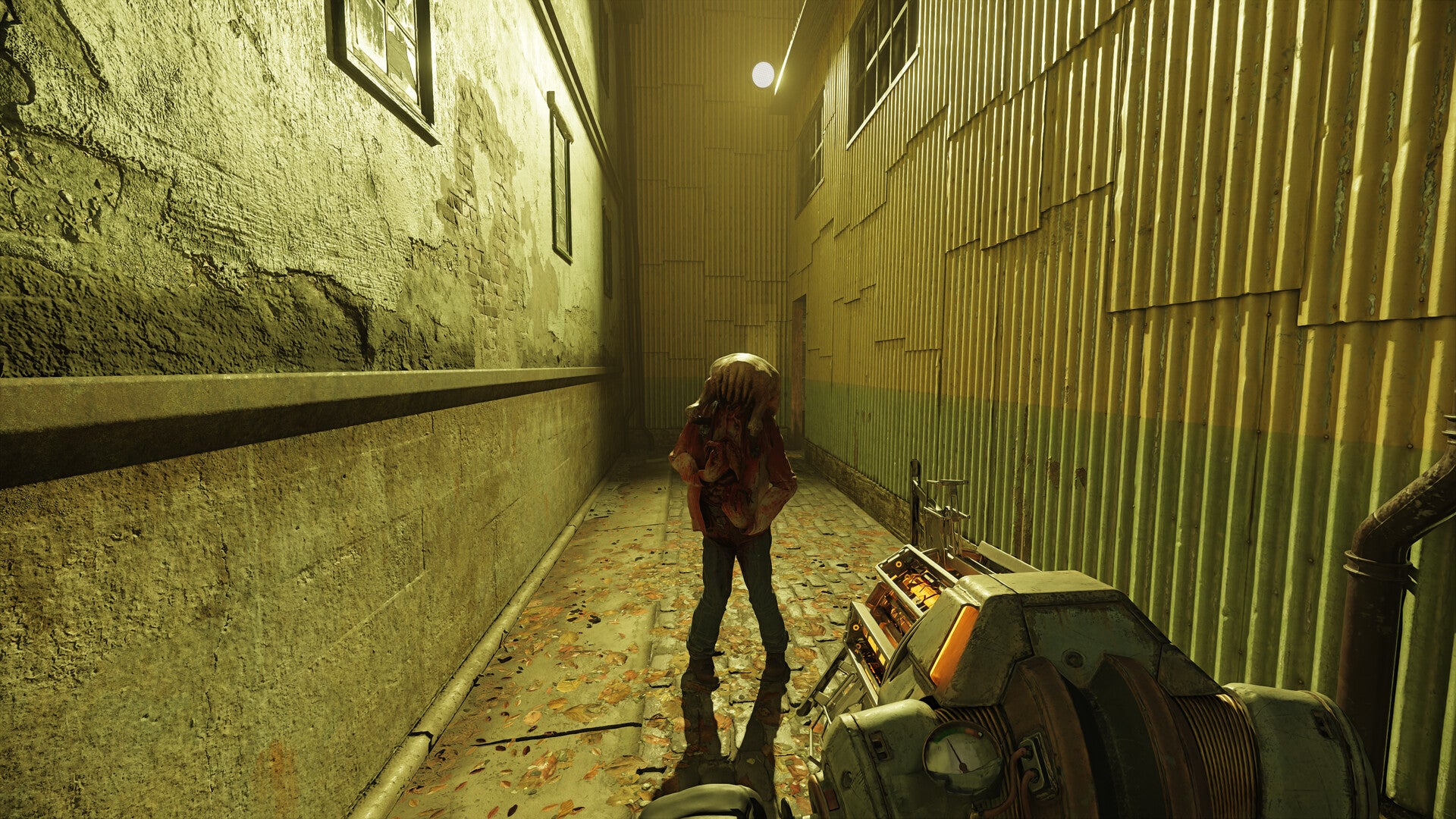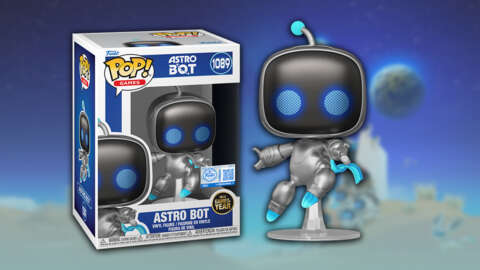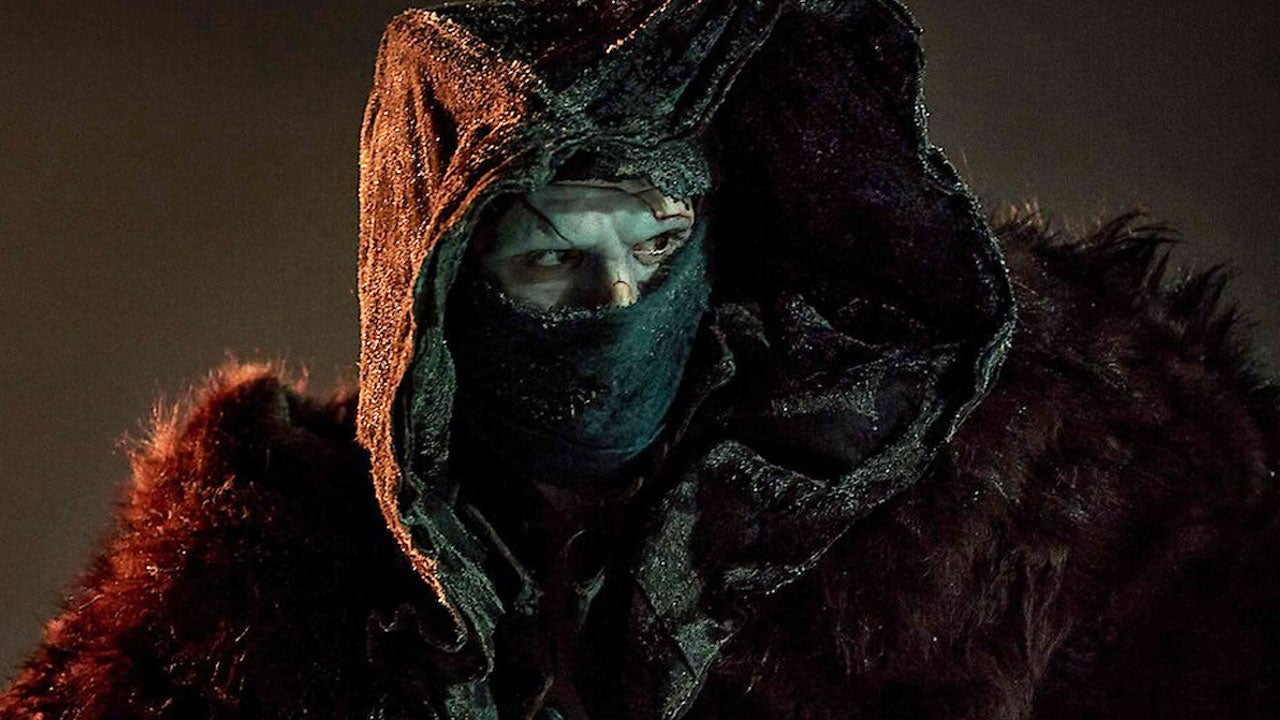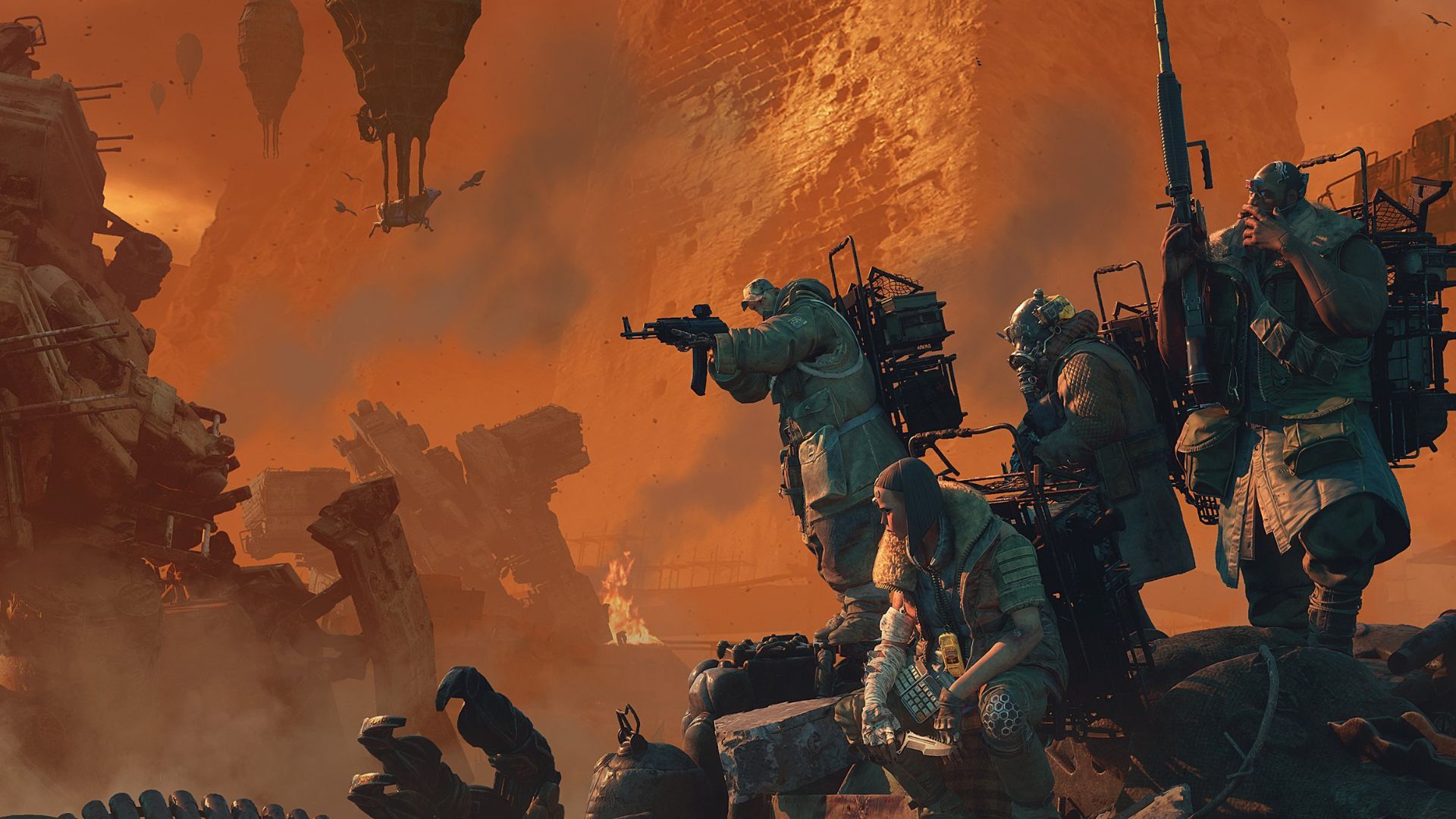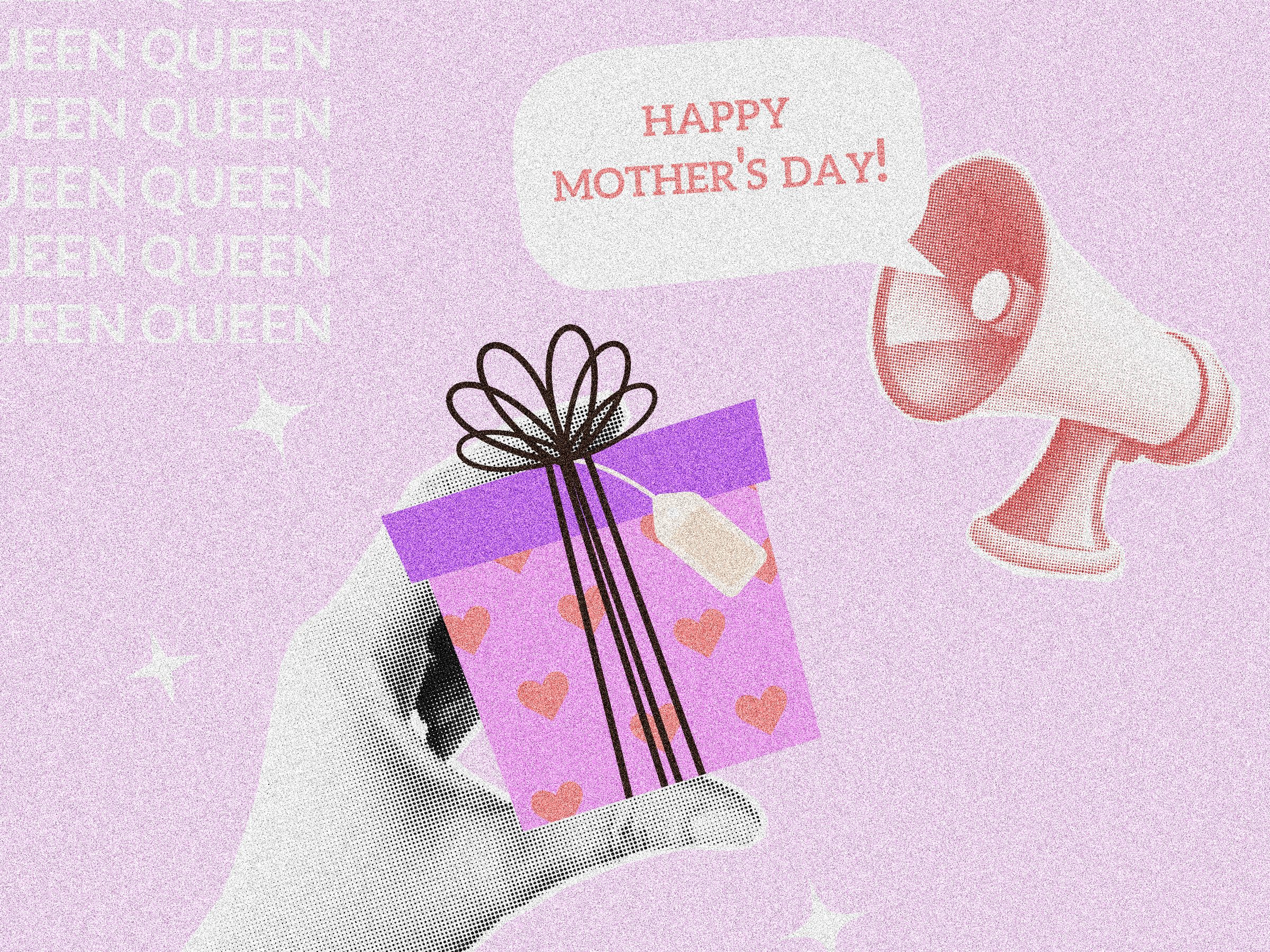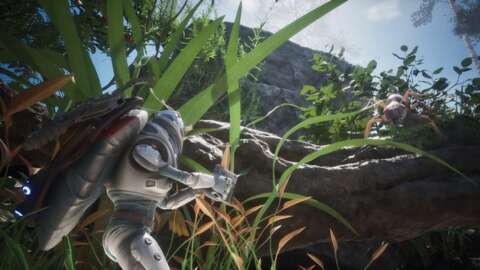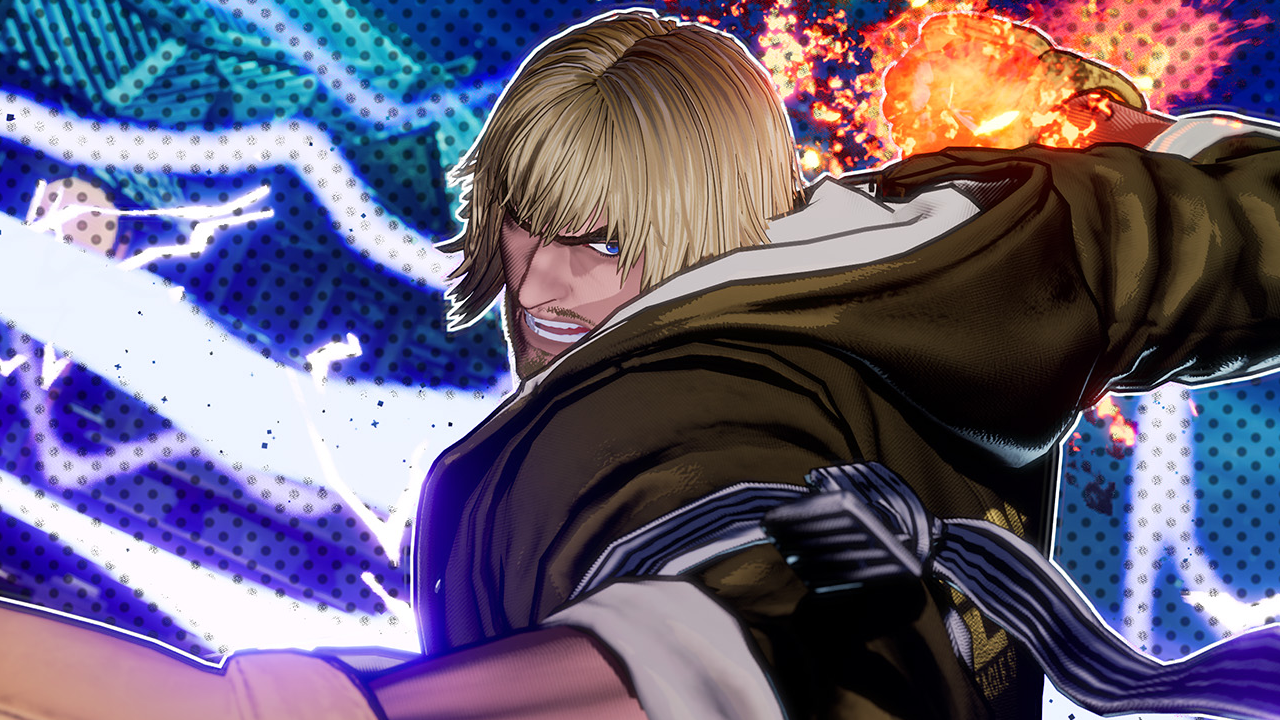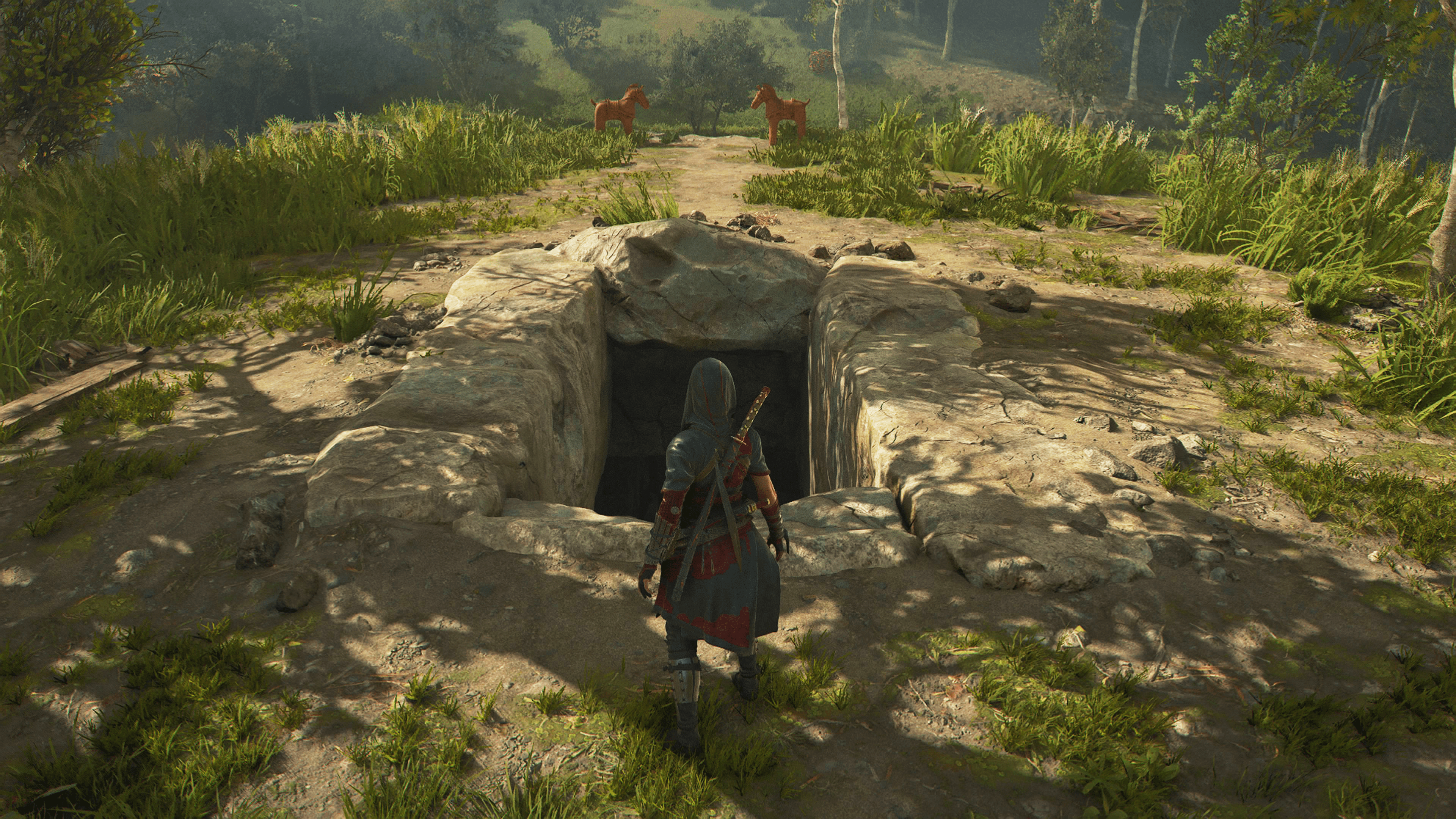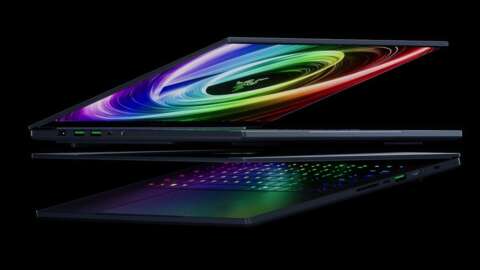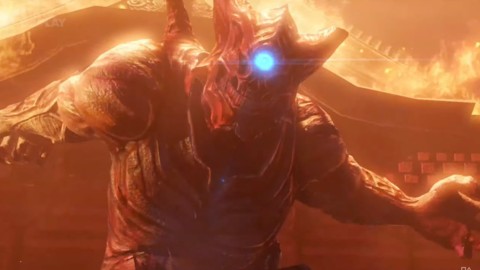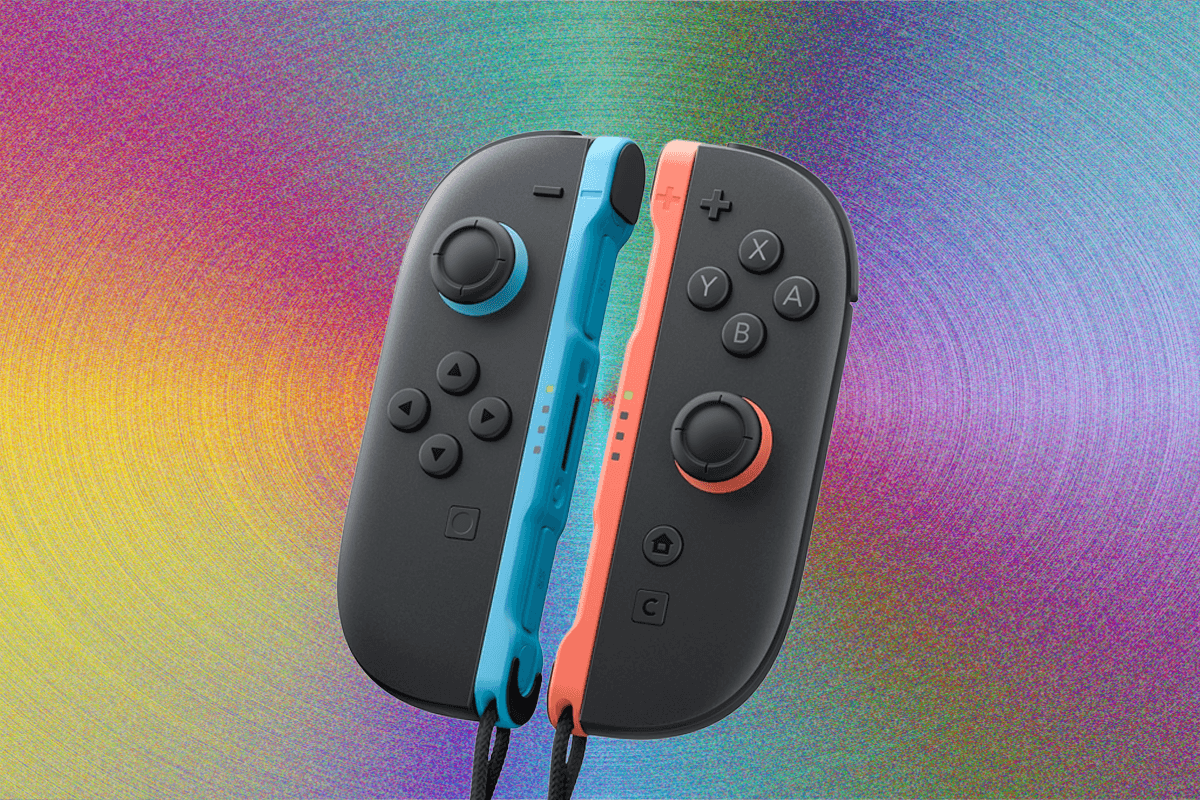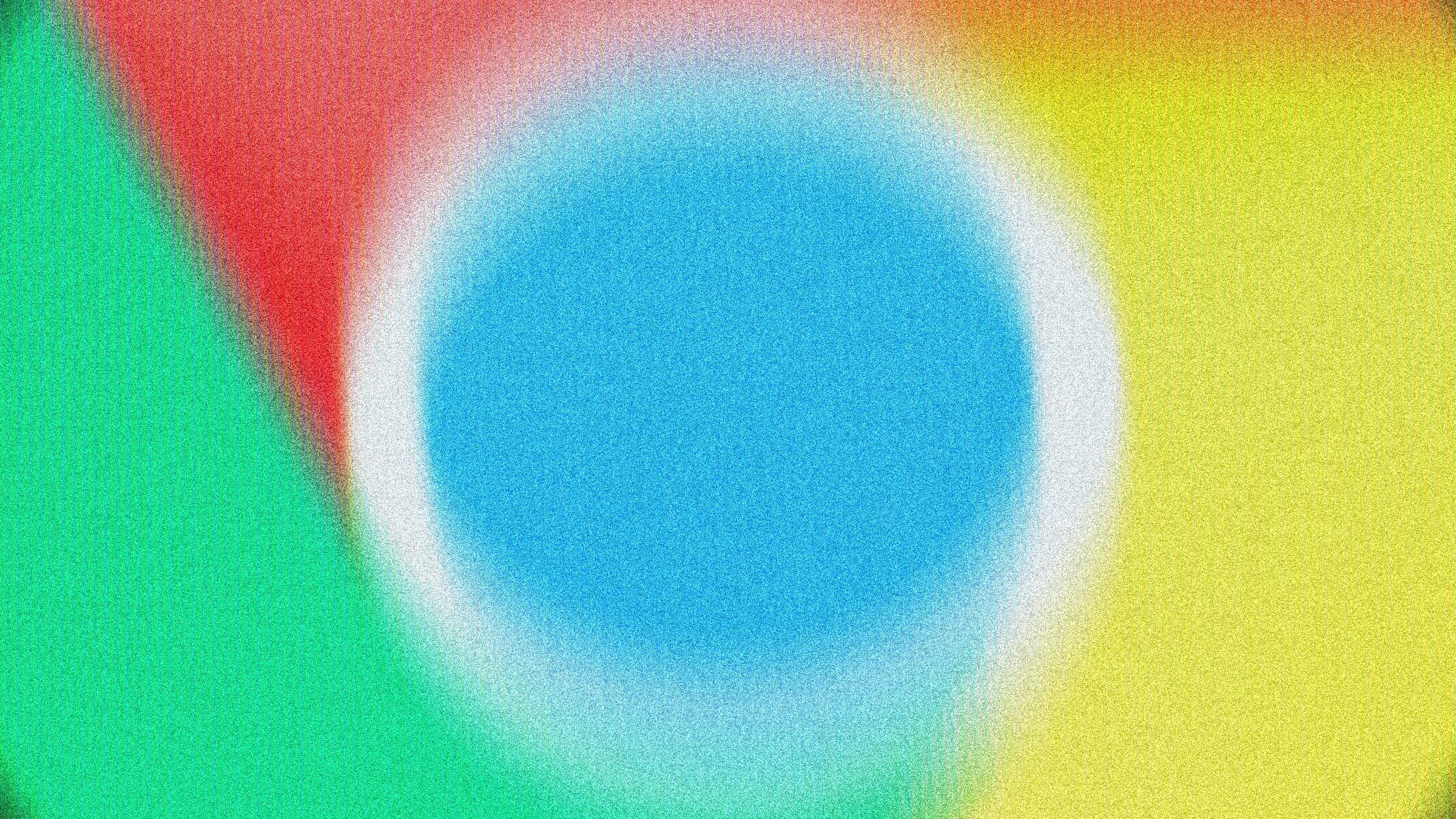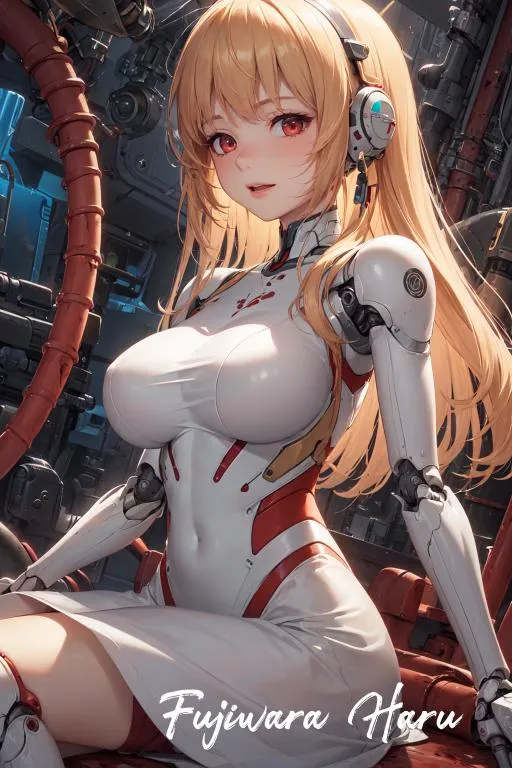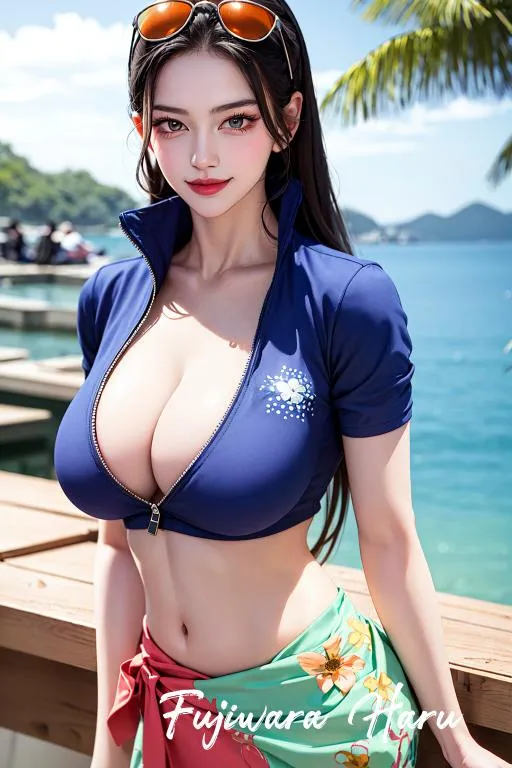
The opening moments of Gachiakuta introduce a fascinating universe of wealth and excess, a place where a busted seam in a brand new stuffed dog means getting rid of the toy altogether. Located on a floating island calld The Sphere, this walled city is beautiful because its inhabitants simply throw everything they no longer want in the trash – first into large, heavily guarded collection sites beneath their feet, and then onto the ground below. “Below” is a key term on Gachiakuta: The dystopian anime is built on a ladder of haves and have nots running from the city to its slums to a surface world (a.k.a. The Pit) populated by exiled criminals and monsters made from high society’s garbage. It’s a solid and timely observation about an unjust society where a select few hoard wealth and comfort, while everyone else scrambles to get one rung closer to the top. It’s just too bad that the first two episodes can’t realize the full potential of that premise.
Gachiakuta’s setup is interesting, with fantastical scene-setting that nonetheless brings to mind real places and issues. The protagonist, Rudo, regularly risks his life to scavenge through the city’s rubbish. He’s not afforded luxury: he’s one of the “tribesfolk” who lives outside the city walls. His father, an alleged murderer, has been cast down into The Pit (tellingly, The Sphere disposes of people and things with the same level of thoughtlessness); Rudo himself is treated as an inevitable murderer-in-the-making by the people around him. Unfortunately, Gachiakuta is so heavyhanded at this point, it feels less like we’re getting a peek into these societies and more like a tour guide is shouting facts about The Sphere and The Pit at us. There’s often dialogue where silence could’ve said more, and episode 1 includes awkward scenes where clumsy exposition is mistaken for casual conversation.
At the same time, these early passages sail right over intriguing storytelling opportunities that could’ve used more time to simmer. By the end of the first episode, Rudo is banished to The Pit, which means that in the span of 23 minutes, we’re introduced to The Sphere and all of its intricacies, only to leave it far, far behind for the foreseeable future. As Rudo falls, he vows revenge on the society that abandoned him. His anger is valid in this situation, and although I understood it intellectually, I failed to feel it because it all happened too quickly, with little dialogue-free time to actually process it.
That could also be because, by the end of episode 2, Rudo still isn’t a full-fledged character. He starts out feeling like too many other shonen heroes – particularly Bakugo from My Hero Academia. (My Hero Academia, like Gachiakuta, is produced by esteemed anime studio Bones.) These episodes try to endear us to Rudo through a series of stock stories: “tough guy has a crush,” “child witnesses a parent’s death,” “boy discovers his magic power” etc. But anime fans have seen these stories before – and seen them told more strikingly, too.
In fact, despite having what seems like a novel premise, the beginning of Gachiakuta merely reminded me of anime and games from the past. The relationship between the beautiful city and the slums recalls Goa Kingdom in One Piece. Its “humanity sucks” outlook is pure Attack on Titan. The floating island hovering above monster-ridden depths recalls The Legend of Zelda: Skyward Sword. These kinds of thoughts kept coming. Of course, any creative work can be broken down into the sum of its influences and inspirations. But early on, Gachiakuta’s characters and emotional core feel too shallow to sell itself on its own terms.
Perhaps this will change as the series proceeds. It feels like we need more than two episodes to warm up to a character as bitter as Rudo. After a few promising moments of vulnerability in episode 1, he’s flattened by his anger in episode 2. It doesn’t take long for Gachiakuta to establish its all-encompassing sense of rage: it depicts an unfair world that makes the people who live in it feel a lot of hate. It’s a misanthropic show. That could be cathartic, but combined with the heavy-headedness, the pill feels hard to swallow.
Unfortunately, the animation has some flaws, too. Like Bones’ work on My Hero Academia and Mob Psycho 100 (the latter of which is arguably one of the best looking anime series of all time), Gachiakuta boasts some moments of striking artistry. The animation style occasionally shifts to imaginative shots that effectively and interestingly communicate Rudo’s state of mind.
But while most of the animation is 2D, the trash monsters are 3D. It’s understandable: there are so many moving parts to these characters, it only makes sense that they’d be CG. But the 2D and 3D don’t blend. The monsters feel like they’re from a different show, and that diminishes some of The Pit’s hellishness. (And they’ll surely become recurring baddies, which makes their incongruity extra frustrating.) There are still some very effective 3D shots in the series, though (like Rudo falling into The Pit), so hopefully, it evens out over time.
The reveal of Gachiakuta’s magic system arrives at the end of episode two, though it’s teased in the opening narration: an object cared for over a long enough time develops a soul, which can be wielded by the person who cared for it. In a world that treats people like trash, the idea of keeping and caring for something is a radical act. It’s a great idea, and that contrast is welcome. It just needs to aim for the heart as well as the head.
That idea sums up the first two episodes overall. In all its anger and disgust, Gachiakuta wants to convince us that it’s edgy. But perhaps that’s the whole issue. It has room to grow into a great series once it settles in. But for something so dark, it leaves very little impression.
